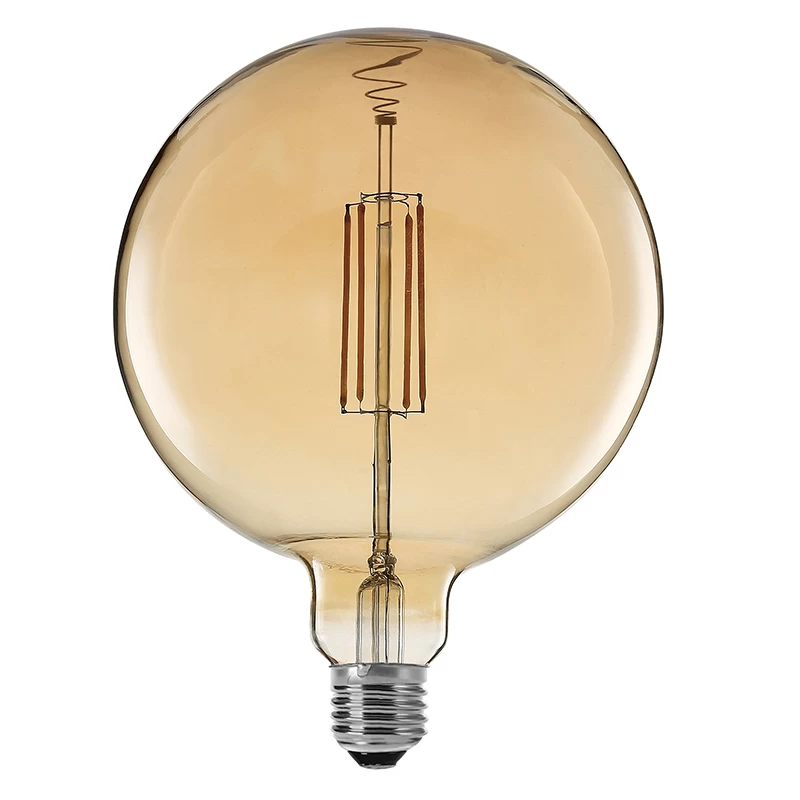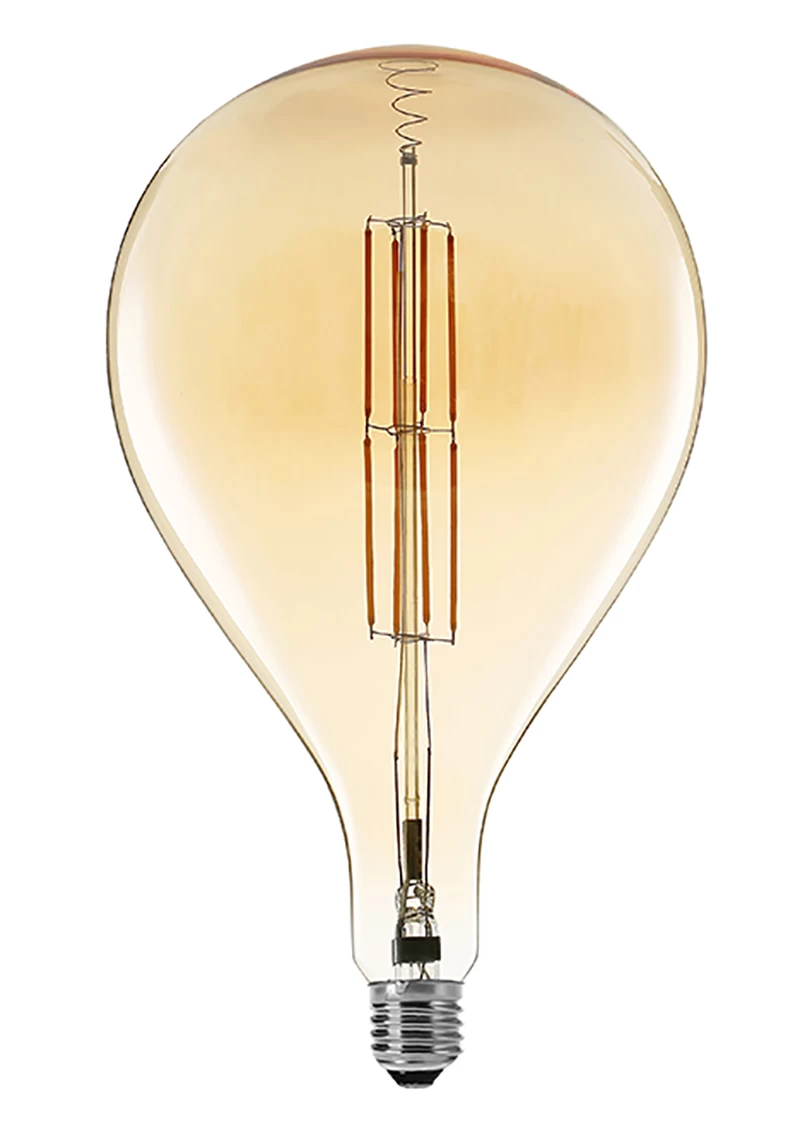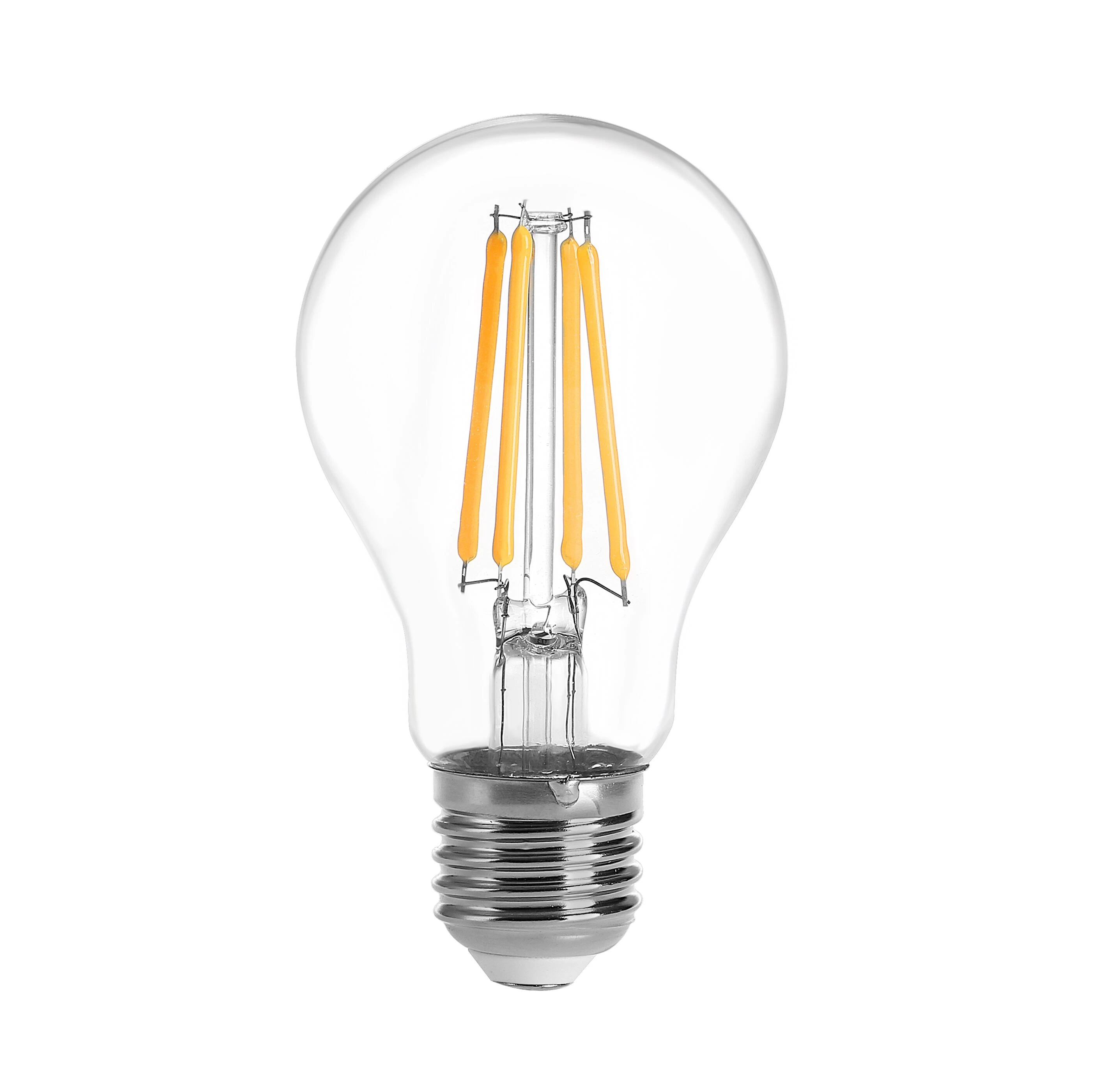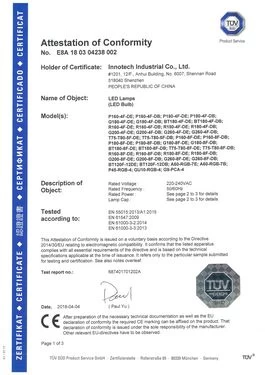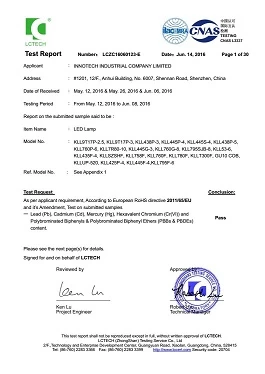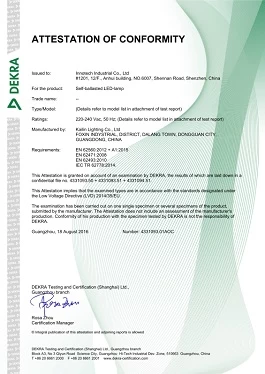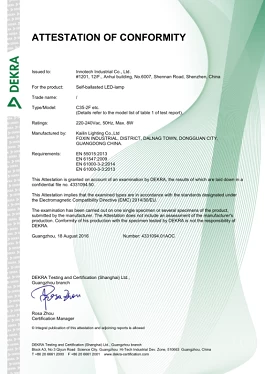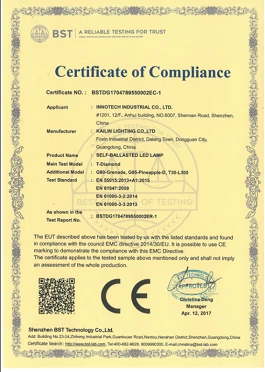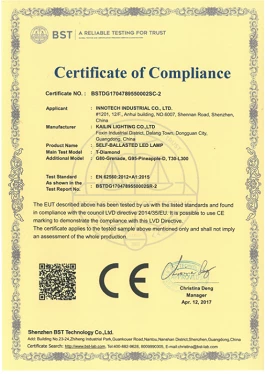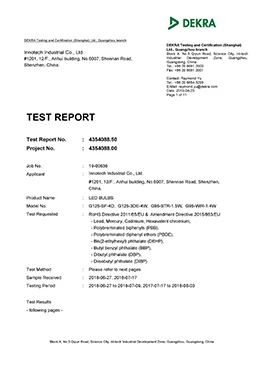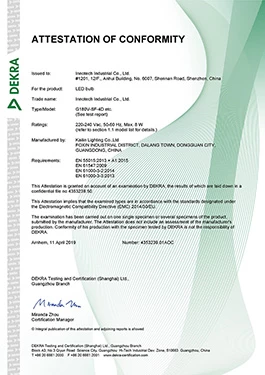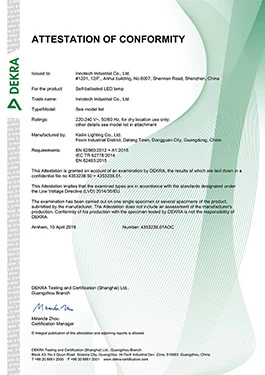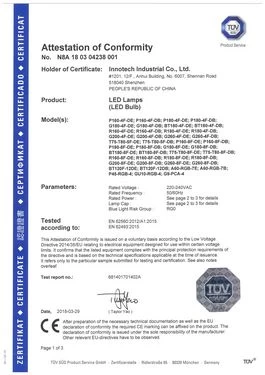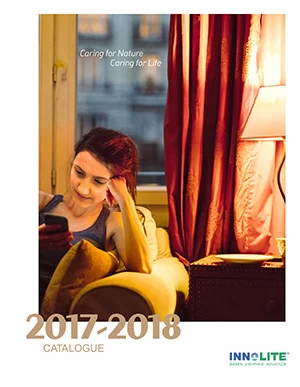Here are a few things to consider when choosing LED light bulbs...
Efficiency, Colour Temperature, Colour Rendering, Heat Output, lifetime, etc.
Expert interpretation: Does the light affect vision?
Innotech
Innotech
2018-09-05 10:52:06

Compared with traditional incandescent lamps, energy-saving lamps have obvious effects on energy saving and energy saving, but do energy-saving lamps have adverse effects on people's vision?
With the phasing out of the roadmap for incandescent lamps in China, more and more families will use energy-saving lamps. Compared with traditional incandescent lamps, energy-saving lamps have obvious effects on energy saving and energy saving, but do energy-saving lamps have adverse effects on people's vision?
Strobe of unqualified fluorescent lamps affects vision
Xie Ji, deputy director of the Department of Resource Conservation and Environmental Protection of the National Development and Reform Commission, said that stroboscopic is the main factor affecting vision in fluorescent energy-saving lamps. A qualified fluorescent energy-saving lamp does not have a stroboscopic problem and therefore does not adversely affect vision.
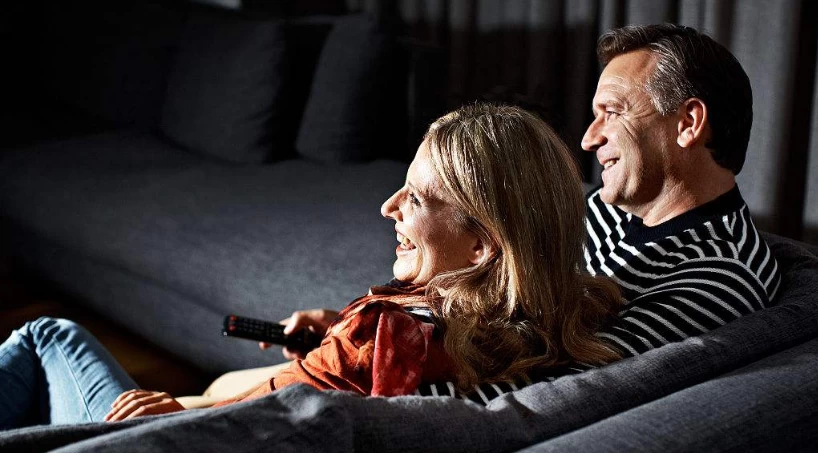
Chen Yansheng, chairman of the China Lighting Association, said that the current compact fluorescent energy-saving lamps have several kilohertz and there is no stroboscopic problem. The blue light in the light has an effect on children, but as long as it is more than 20 cm, it will be fine.
A medical practitioner said that after the traditional fluorescent lamp is turned off, some of the lamps will strobe (continuous, frequent flashing). The adverse effects of stroboscopic vision on vision may not be seen in the short term, but the cumulative effects of excessive eye fatigue on long-term exposure to stroboscopic flash lines cannot be ignored.
Long-term exposure to blue light damages the retina
Another senior doctor said that the energy of the energy-saving lamps includes red light, green light and blue light. In fact, the blue light must be strictly controlled within a certain limit, otherwise long-term contact will damage the retina. The lens of an adult is sound and can absorb and filter out blue light. However, the development of the lens of minors, especially infants and young children, is not perfect, and blue light is likely to have adverse effects.

In the face of the problem that energy-saving lamps have no side effects on vision, a vice president of a hospital said that it is not a good answer, and it is recommended to ask the energy-saving lamp industry institutions.
An expert in energy-saving lamp testing said that China is a major producer of energy-saving lamps in the world, with an annual output exceeding 80% of the world's total output. Some domestic large enterprise products are OEM products for European and American multinational companies, which are sold in Europe and America, and the quality has reached the level of these countries and regions. The quality of energy-saving lamps in domestic regular stores is guaranteed.
The light is too bright, and any light has an effect on the eyes.
Dr. Qi Jun, executive deputy secretary-general of the National Semiconductor Lighting Engineering R&D and Industry Alliance, believes that any light, if used improperly, can cause safety problems. If the light is too bright and flashes frequently, whether it is sunlight, incandescent light, energy-saving lamps and next-generation semiconductor (LED) lighting, it may have a negative impact on human vision.

 +
+




